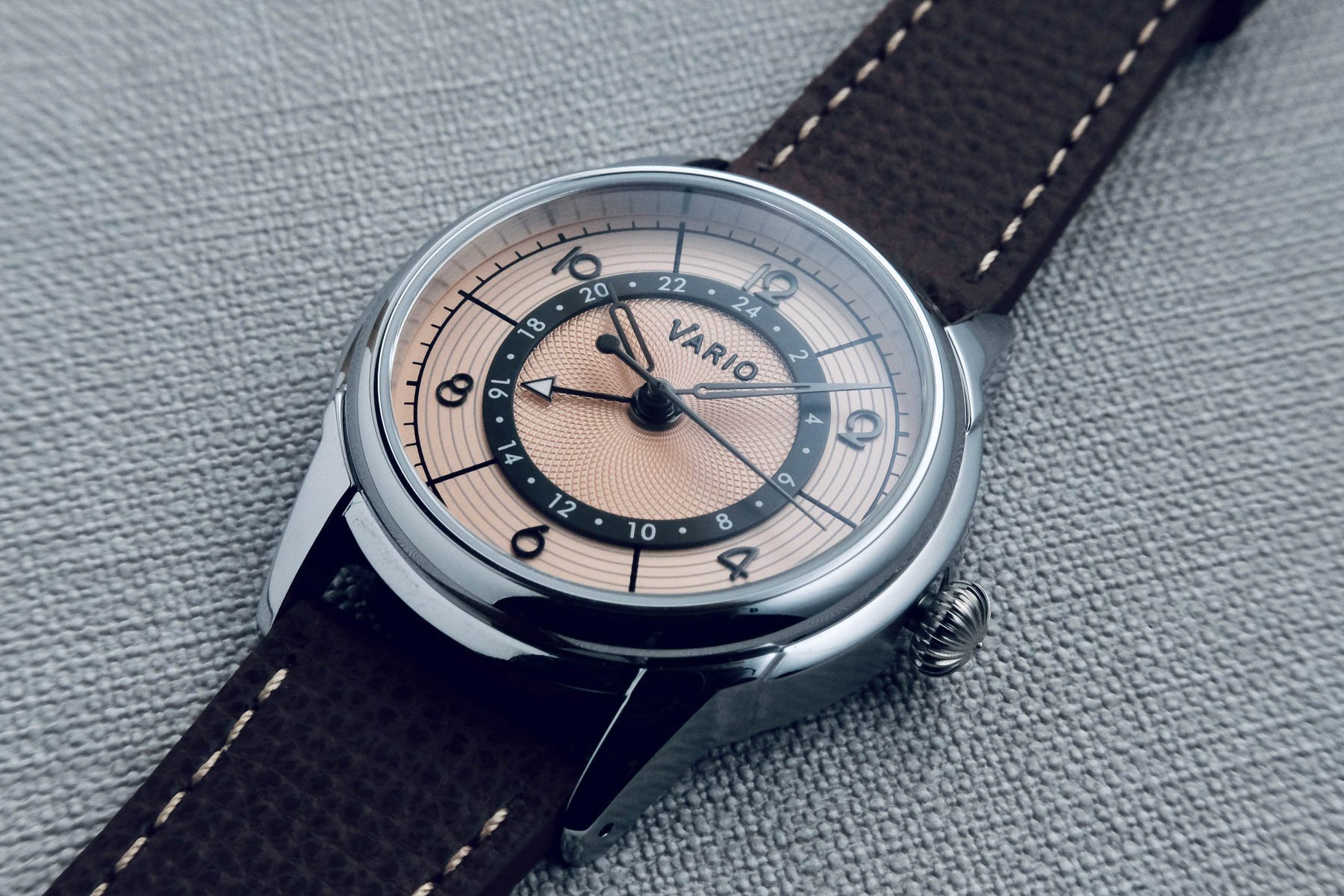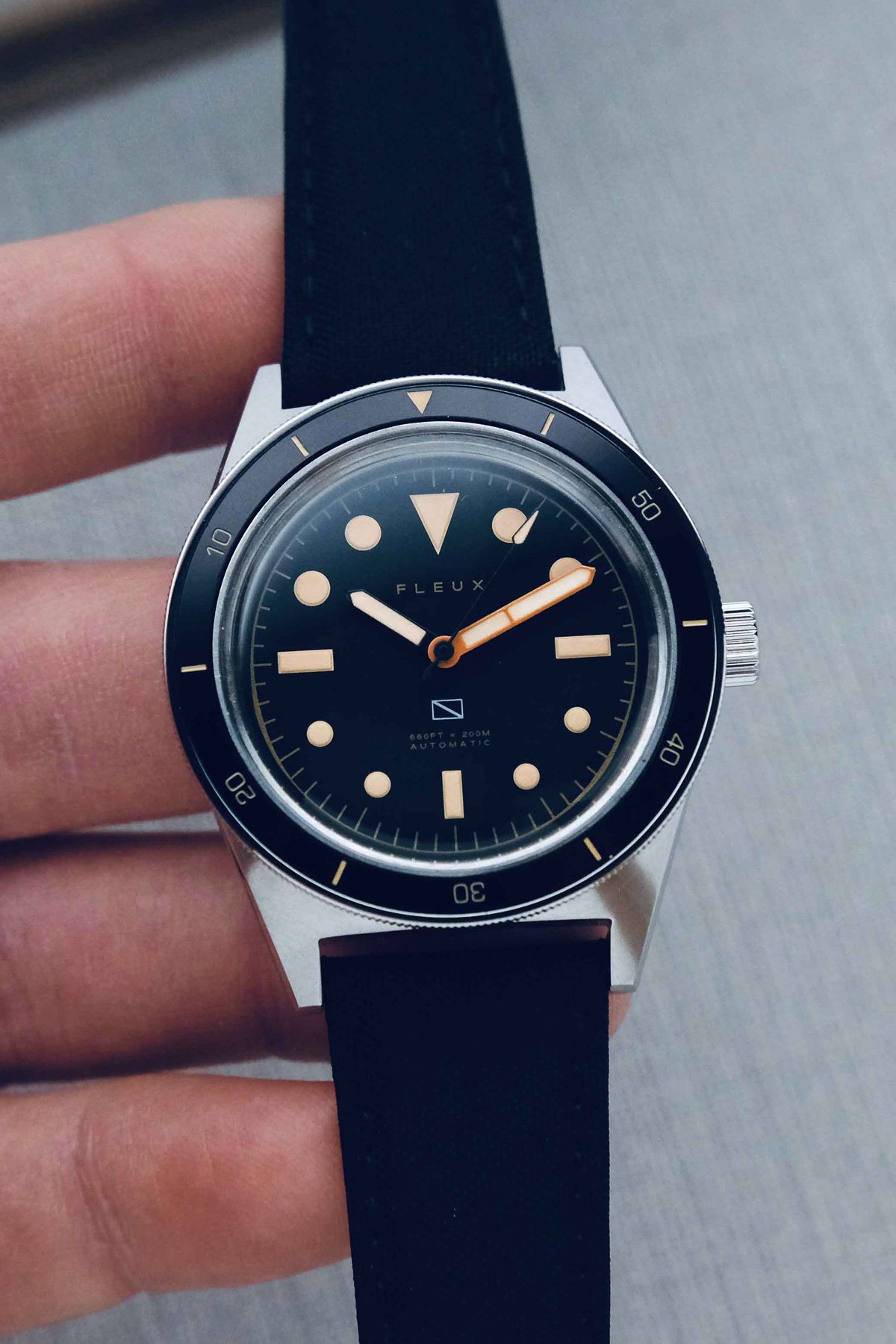What Inspires Them: Watch Design Philosophy Of Micro And Independent Brand Owners
What does a 1960s skin diver have in common with a modern $500 diver? How about hiking and a quartz field watch or, better yet, Art Deco and a Flieger? What all of these random things have in common is the fascinating world of micro and independent horology. Those who have created your favorite watches in the past 10 years were inspired by something they saw, or they wanted to convey their very intimate vision of what horology could be. Watch design is art, and, as such, the artists behind the watches are each motivated by something unique. What pushes them to sit at the (sometimes) proverbial drawing board?
This article is preceded by one dealing with general facts about micro and independent brands, from how many people typically run a brand to where they source their movements. The previous article was a good primer on this segment of the watch market. And although we can’t zero in on what exactly micro/independent brands are, I think we understand each other, don’t we? What follows will hopefully shed some light on how your favorite micro/indy brand comes up with its next hit design. There is an entire process they go through, and each brand has a unique way to go about it. Nevertheless, three themes emerged from the study I conducted a few months ago. For more information on the study, I refer you again to the aforementioned article.
Making affordability a thing of the future, not the past
In the past three years, I’ve interviewed dozens of brand owners. The aforementioned study includes 33 brands which, although they will remain anonymous, are among fans’ favorites. One fact immediately stood out: designing a watch is a deeply personal affair. More often than not, they realized that the type of watch they were looking for didn’t exist or that it was no longer in production or affordable. Think of the Rolex Submariner, for example, which used to be a reasonably attainable tool watch. Now it’s a luxurious item, even if some would consider a US$9,100 watch not to be. In the 1950s, one could get a Sub for the equivalent of US$1,200 in today’s money. Although its current price may seem expensive to many of you, it’s certainly not as uncommon as you might think to spend this much or more on a high-quality professional dive watch.
Watch design philosophy is a deeply personal thing
So, what can one do if one cannot spend close to five figures on a quality diver? Design one. But go a step further and endow the watch with a personal philosophy. After all, it’s not just about designing something that looks like a Submariner but also making a timepiece that functions like a proper tool watch and is personalized to one’s taste. A majority of the brand owners who partook in the study indicated that they design for themselves first and foremost. They design the types of watches they naturally gravitate to, with how much they’d be willing to spend on a good timepiece in mind. If there are watches that they wish they had but are missing from their collections, they design them while keeping in mind what they understand would make sense in today’s market. But again, they design watches based on their preferences and hope they aren’t alone in looking for them.
You see, many brands we now consider “historical” started in the same way. Their founders wanted to bring a new vision of horology. And although it might sound odd to see a modern microbrand in the same way, I would argue that we should. Things change constantly, and so do our tastes and understanding of the horological market. The fact that something already happened a century ago does not mean it cannot be repeated today.
The “golden age” of horology really was golden
Roughly half of the brands that partook in the survey indicated that they found inspiration in the golden age of horology — the mid-1950s–1970s. That says a lot about how fertile of a period that was from a creative standpoint. The post-war world was bursting with creativity and entrepreneurial spirit, resulting in dozens of iconic designs. More than that was the cementing of key design codes for watches. It’s the period during which the first non-military professional dive watches, chronographs, and field watches came about. There was no rule to start from, only opportunities to create something new. It was also a time when traveling was easier, technology was booming, and so was the need for functional, reliable, and legible tool watches.
The majority of watch design elements we now cherish were born during that decisive period.
Who says new ways of living equal the need for new equipment? The World Wars that sadly plagued the first half of the 20th century did benefit horology: brands learned to make functional and legible timekeeping devices. The two decades that followed saw the birth of new designs for cases, dials, hands, and bracelets. The majority of watch design elements we now cherish were born during that decisive period. It is only logical, then, that micro and indy brands look back at this golden age of horology to find inspiration. It was a time when watches were at the cutting edge of technology, functionality, and design — a time when everything made sense and had a purpose.
Long-lasting influence
I read once that most styles of music born in the past 60 years descend from jazz. That pioneering genre created the codes that dictated how different instruments should be played with one another, which had a profound and long-lasting impact on the music industry. The same is true for watches and the impact that the 1950s–1970s have had on the industry. This is why so many big brands have dug into their old catalogs to recreate their most iconic models, many of which, unsurprisingly, date back to that period.
Practicality surpasses technological prowess
The third theme which emanated from this study is the preference for practicality over technology. By this, I mean how important tool watches still are today, even though most of us don’t need them. As indicated in the first article in this series, most small brands make tool watches. Although the trend nowadays is to make multipurpose tool watches, dive watches still dominate the market. This is because many brand owners prefer to make practical timepieces rather than ones that showcase a unique technology or material. However, in the past year, I’ve noticed that more and more brands aim for the latter.
This is due to the raison d’être of the brands. Recalling the first theme highlighted in this article, the founders generally design watches for themselves. Most of them — something I know from personal experience — are outdoorsy and avid travelers. In other words, they are people who are more drawn to the analog than the digital. Because let’s face it: we don’t need watches; we want them. We prefer to keep track of time by looking at physical hands sweeping across a flat dial rather than tiny pixels on a digital screen. We choose to wear watches, meaning we want to keep at least one tiny part of our existence as non-digital as possible.
This is why, more often than not, these small, enthusiast-focused brands make watches that retail anywhere between $100 and $3,000. I’m greatly generalizing here, but this fact remains: they make practical watches that they wish they could have found otherwise. They also try to keep prices as low as possible while offering quality timekeeping devices — tool watches, mostly.
Final thoughts
A lot more goes into designing watches than what I highlighted in this article. To keep this write-up relatively short, I had to summarize and compile a lot of data. Each new article I write in this series will, hopefully, become more and more precise. And if there are specific things you wish to know about micro/independent brands, please let me know in the comments below. I, for one, am fascinated by how brands function and what brought their founders to create watches. Because let’s face it: the market is oversaturated, and a bit of clarification seems to be overdue.
For now, let me know your thoughts in the comments below.







